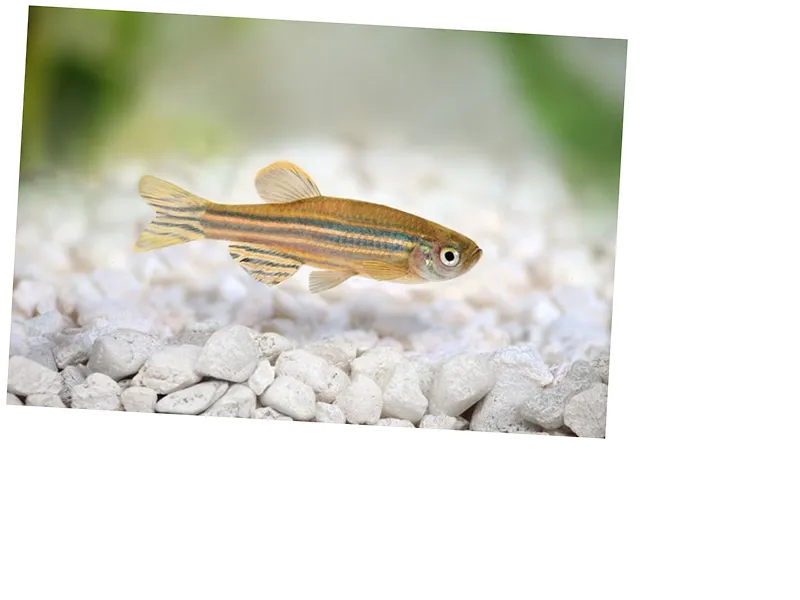Zebrafish, known for their striking horizontal stripes, have become a focal point in spinal cord injury research due to their remarkable ability to regenerate damaged tissues. A recent study from the University of Washington School of Medicine, published on August 15 in Nature Communications, provides a comprehensive atlas of the cellular processes involved in zebrafish spinal cord regeneration. This groundbreaking research may pave the way for innovative treatments for spinal cord injuries in humans, which often result in permanent functional impairments.
The study reveals that stem cells, previously thought to be essential for regeneration, play a complementary role rather than leading the process. Instead, the research highlights mechanisms of neuroprotection and repair that occur immediately after spinal cord injuries. Dr. Maysaa Hassan Muqalled, the lead author, emphasizes the need for new strategies to protect neurons and maintain their functions after injury, suggesting that insights from zebrafish could inspire future human therapies.
Zebrafish are not only popular ornamental fish but also serve as vital model organisms in scientific research. Their embryos are transparent, enabling scientists to observe embryonic development closely. Remarkably, zebrafish can regenerate their hearts and spinal cords, making them invaluable for studying tissue regeneration. The recent findings indicate that the protective mechanisms observed in zebrafish may offer clues for enhancing neuroplasticity in human neurons, potentially leading to breakthroughs in spinal cord injury treatments.
- The research team found that zebrafish exhibit unique protective responses to spinal cord injuries, unlike mammals where damaged neurons typically die. Instead, zebrafish neurons adapt their cellular functions in response to injury, allowing them to survive and regenerate. This discovery could lead to new therapeutic approaches aimed at preserving and enhancing neuron viability in humans following spinal cord injuries.
- Dr. Muqalled's laboratory aims to further understand the complexities of spinal cord regeneration, focusing on the roles of various cell types, including glial cells and immune cells, in the regenerative process. Future research will involve genetic testing and drug trials to boost neuroprotective mechanisms in humans, with the ultimate goal of developing effective treatments for spinal cord injuries.






